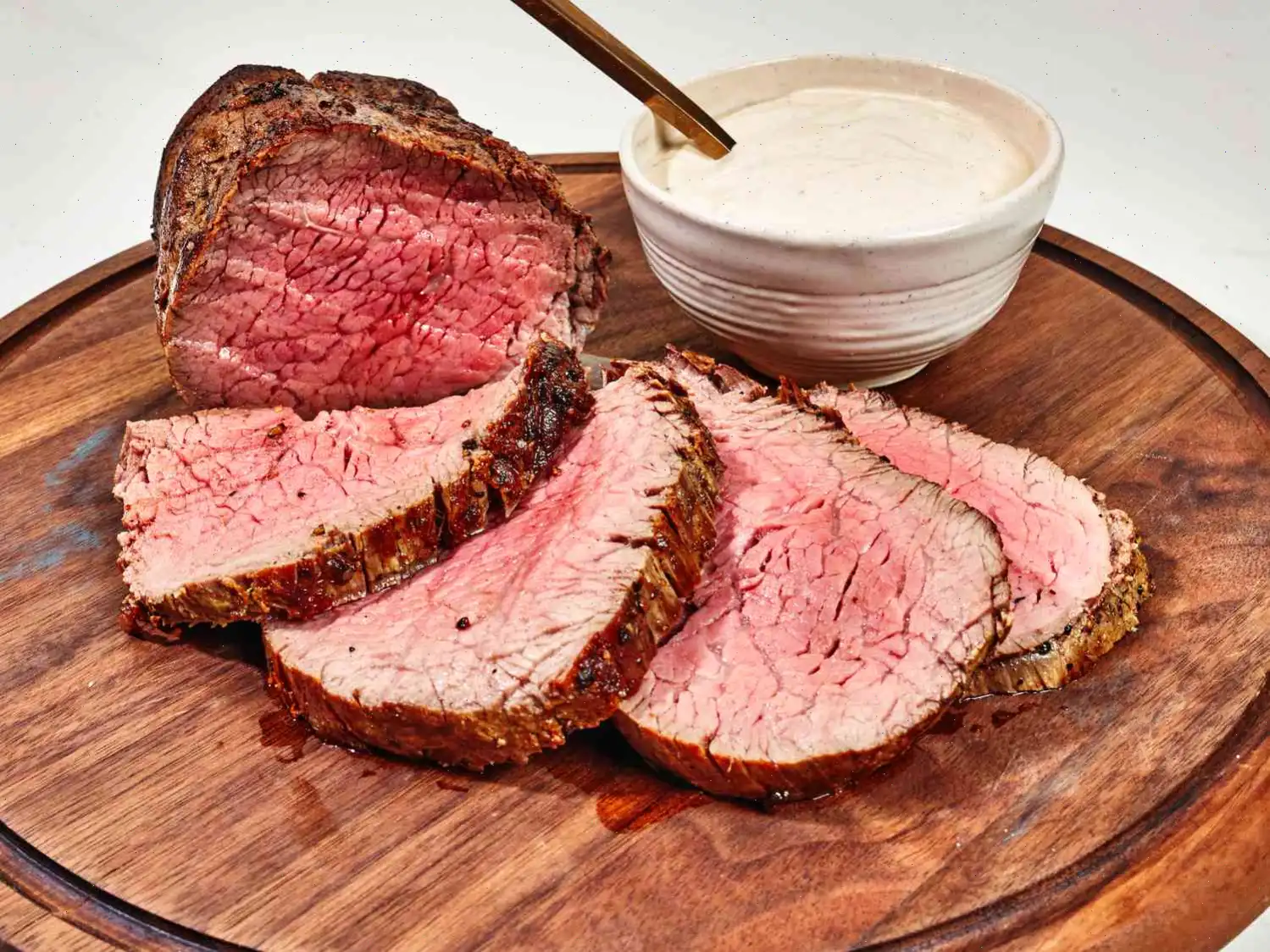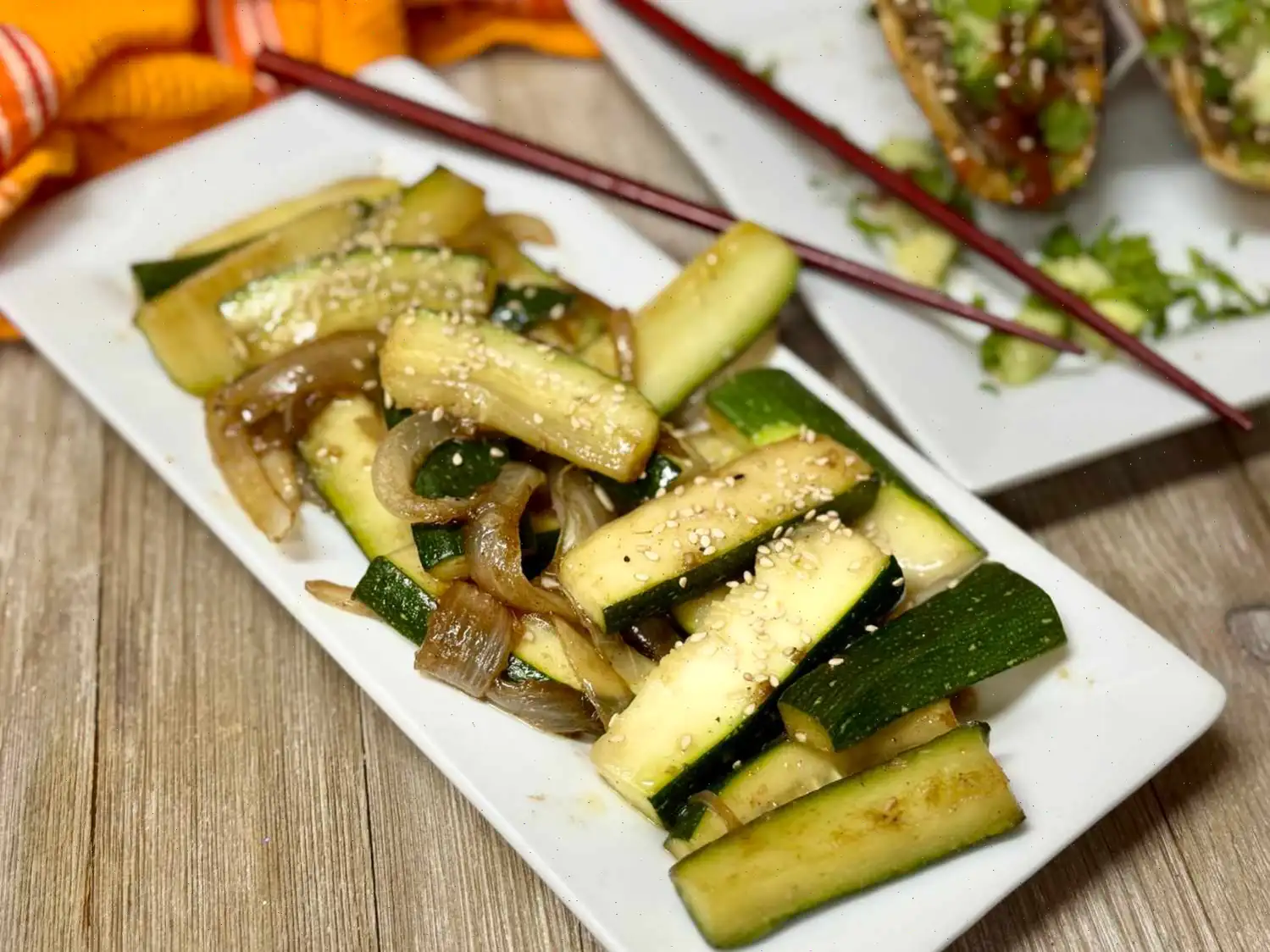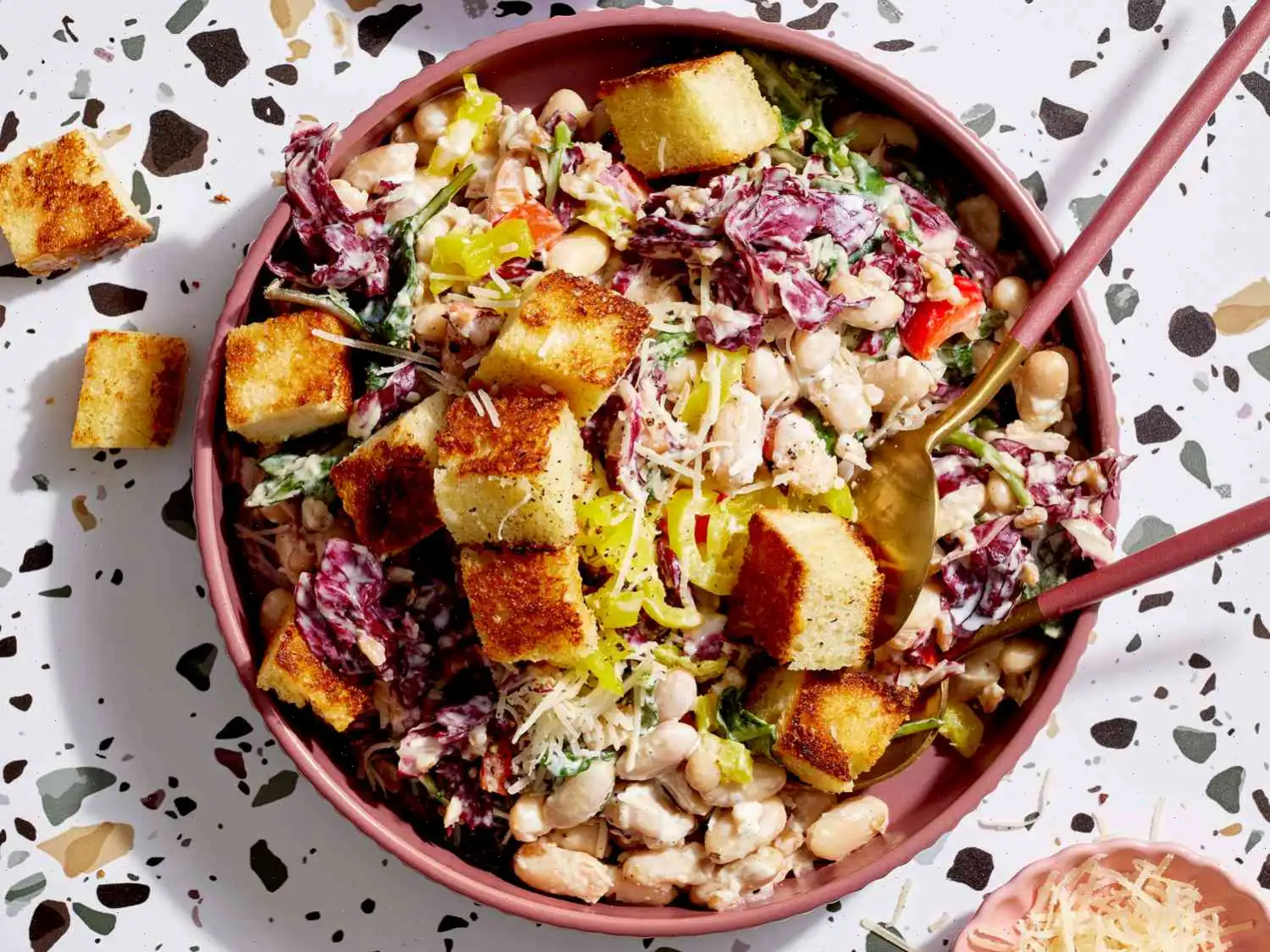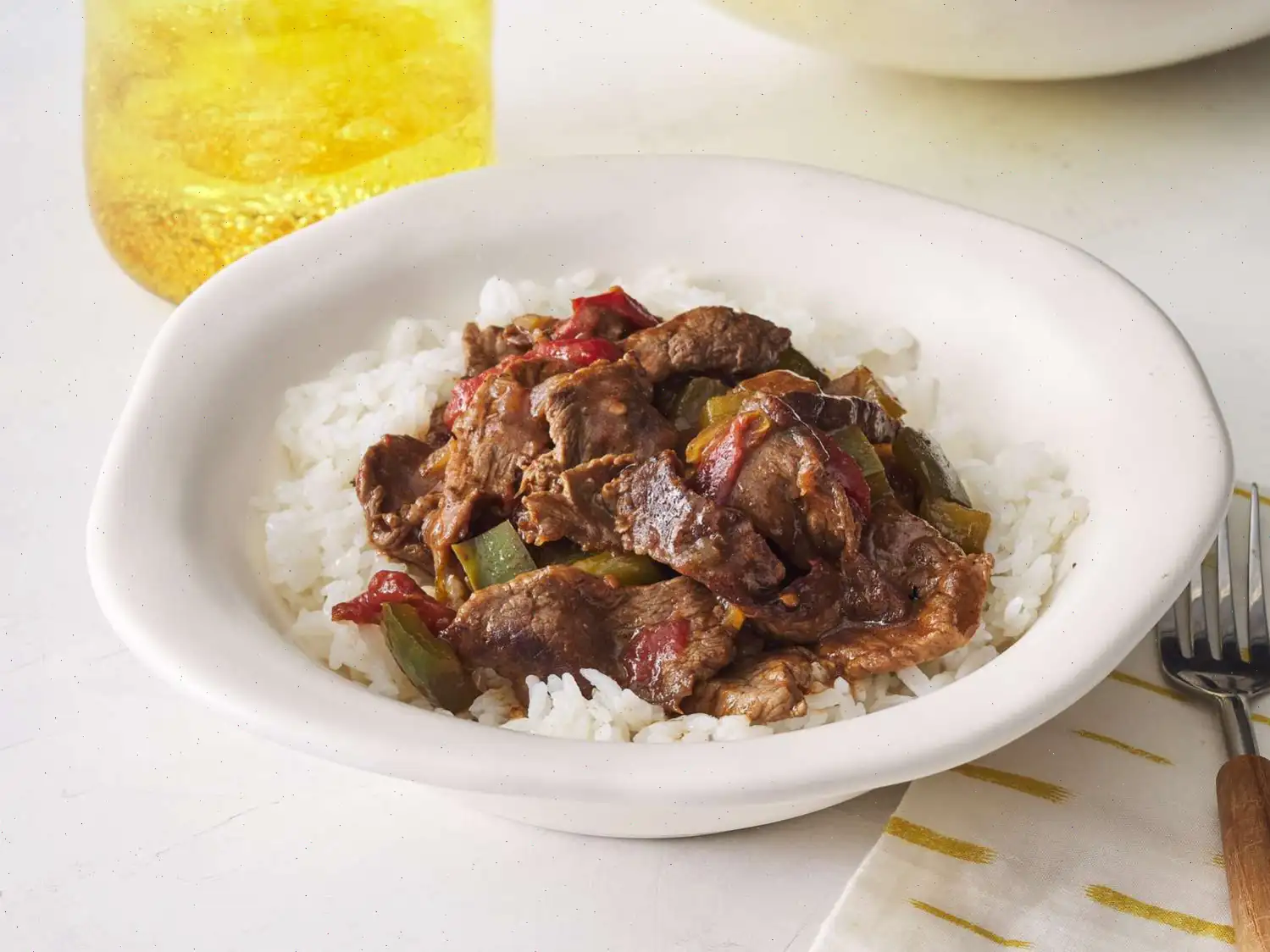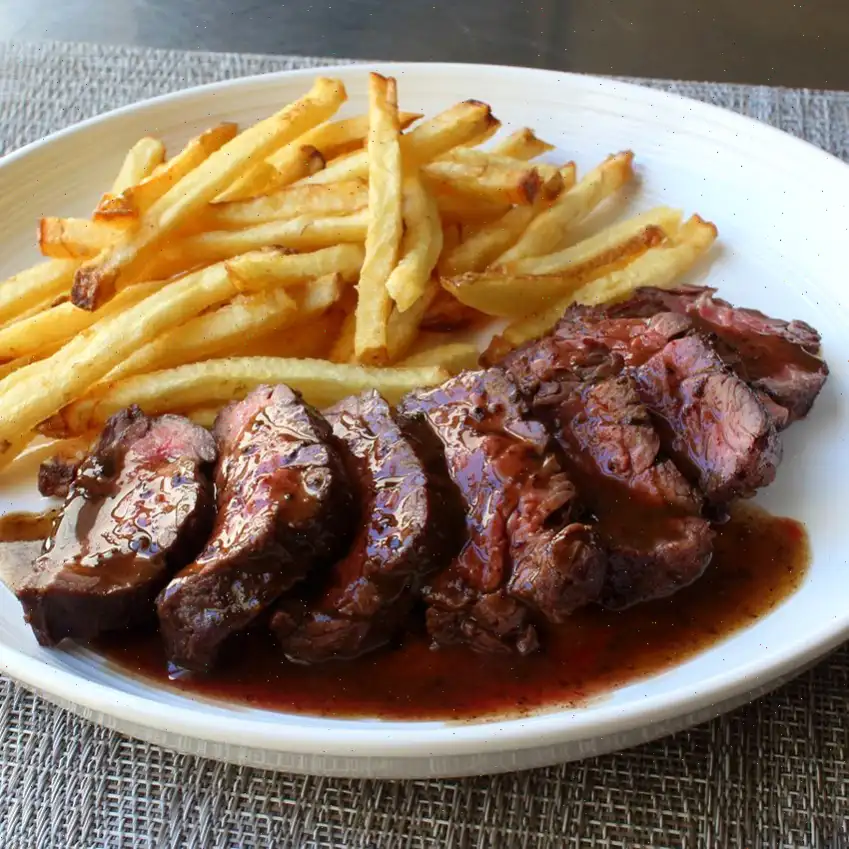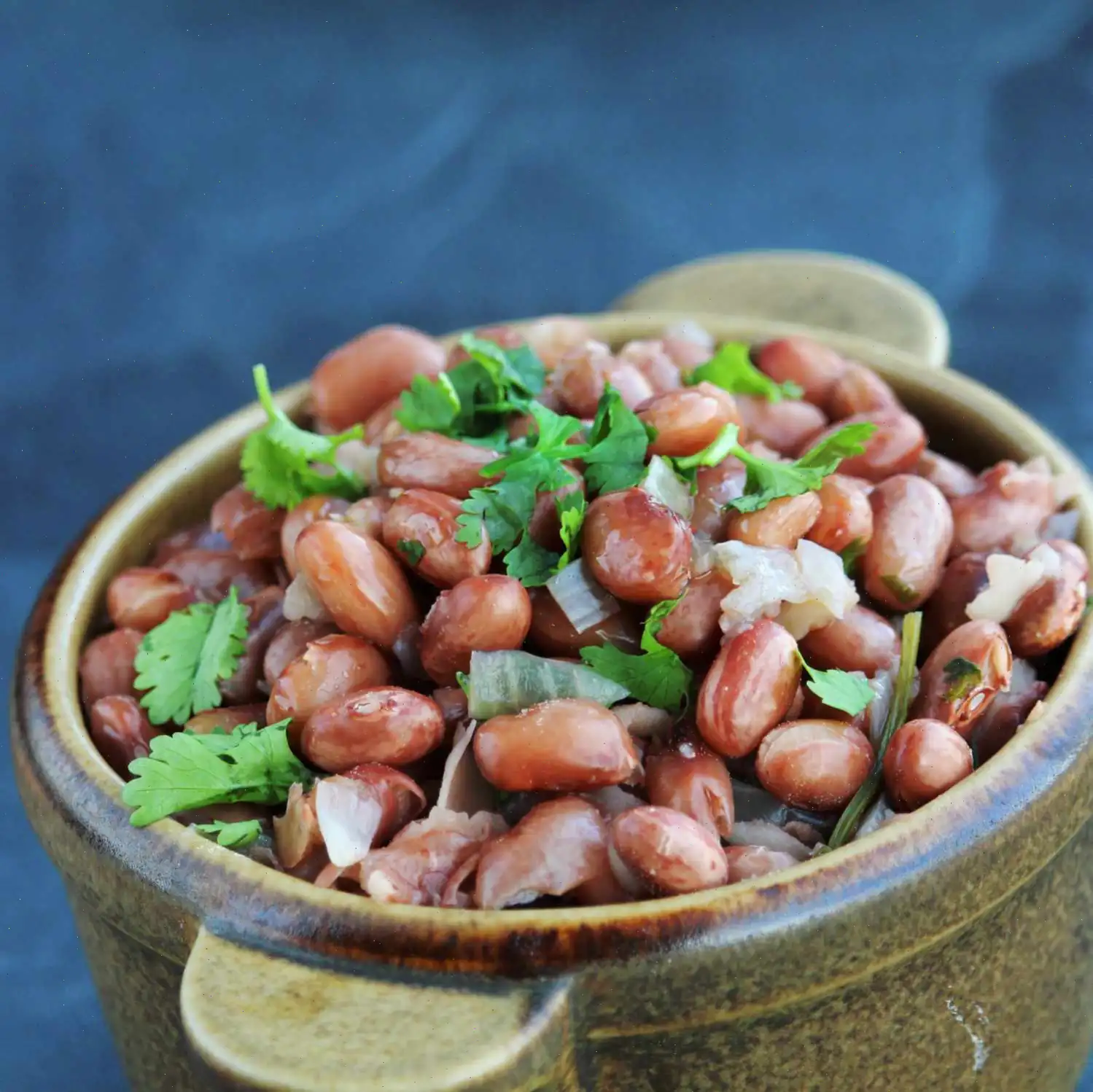
Easy Roasted Beef Tenderloin Recipe
Beef Tenderloin Recipe
Ingredients
- 1 (3-pound) beef tenderloin
- 1 tablespoon kosher salt
- 2 teaspoons freshly ground black pepper
- 2 tablespoons olive oil
- Butchers twine
Directions
Step 1: Cut butchers twine into 5 or 6 pieces, each about 8 inches long. Wrap each piece firmly around the beef tenderloin, spacing them approximately 1 1/2 inches apart. Secure each piece with a knot and trim off any excess twine.
Step 2: Cut a longer piece of twine and wrap it horizontally around the tenderloin. Run the ends of the twine under the center pieces, then tie a firm knot in the center. Trim off any excess twine.
Step 3: Place the tenderloin in the refrigerator, uncovered, for 30 minutes.
Step 4: Preheat the oven to 325F (165C). Set a wire rack inside a rimmed baking sheet to prepare for the roast.
Step 5: Season the tenderloin evenly with kosher salt and freshly ground black pepper.
Step 6: Heat olive oil in a large skillet over medium-high heat. Once hot, place the tenderloin in the skillet and cook undisturbed for 4 to 5 minutes, until the meat is nicely browned. Flip and repeat this process on all sides, ensuring an even brown crust forms.
Step 7: Transfer the browned tenderloin to the prepared wire rack on the baking sheet.
Step 8: Bake the tenderloin in the preheated oven for 35 to 40 minutes, or until the internal temperature reaches 125F (52C) for medium-rare. Adjust cooking time for your desired doneness level.
Step 9: Once cooked, remove the tenderloin from the oven and transfer it to a cutting board. Let it rest for 10 to 15 minutes before slicing.
Nutrition Facts (per serving)
- Calories: 582
- Fat: 45g (58% Daily Value)
- Saturated Fat: 17g (85% Daily Value)
- Cholesterol: 145mg (48% Daily Value)
- Sodium: 569mg (25% Daily Value)
- Total Carbohydrates: 0g (0% Daily Value)
- Protein: 41g (81% Daily Value)
- Calcium: 18mg (1% Daily Value)
- Iron: 5mg (30% Daily Value)
- Potassium: 570mg (12% Daily Value)
* Percent Daily Values are based on a 2,000 calorie diet. Your daily values may be higher or lower depending on your calorie needs.
The History and Heritage of Roasted Beef Tenderloin
The roasted beef tenderloin, often regarded as a luxurious centerpiece at formal dinners, has a rich history rooted in European culinary traditions. Originally, this cut of meat was prized by aristocratic households in France and England for its tenderness and fine texture. Over time, it became a symbol of celebratory meals, particularly during holidays and special occasions. The modern American version, as exemplified in this recipe, simplifies preparation while retaining the elegance of its European predecessors.
Regional Characteristics
In the United States, roasted beef tenderloin is especially popular in coastal regions where fine dining and festive entertaining are emphasized. While the basic preparation remains consistentseasoning, searing, and roastingregional variations exist. For instance, in the American South, chefs might incorporate a hint of smoked paprika or a mustard rub, whereas in New England, fresh herbs like rosemary and thyme are preferred. These subtle differences reflect local tastes and available ingredients while maintaining the tenderloin's signature texture.
Distinguishing Features
What sets roasted beef tenderloin apart from similar dishes, such as prime rib or ribeye roast, is its exceptional tenderness and lean profile. Unlike prime rib, which has more marbling and fat, tenderloin is a naturally lean muscle with a delicate texture, making it ideal for quick roasting. Unlike filet mignon, which is cut into individual portions, the whole tenderloin roast allows for an impressive presentation and even cooking for larger gatherings.
Serving Occasions
Traditionally, roasted beef tenderloin is served during holidays, weddings, and formal dinners. It pairs beautifully with red wine reductions, creamy sauces, and roasted vegetables. In restaurants, it is often accompanied by elegant side dishes like duchess potatoes, glazed carrots, or a fresh salad, emphasizing both visual appeal and refined flavor. At home, it serves as a show-stopping entre for family gatherings or celebratory meals.
Interesting Facts
- The tenderloin is the least exercised muscle in the cow, which contributes to its unparalleled tenderness.
- Wrapping the meat in butchers twine helps maintain its shape during roasting, ensuring even cooking and a beautiful presentation.
- Historically, the tenderloin was considered "noble meat," reserved for kings and nobility due to its cost and rarity.
- Medium-rare is the recommended doneness for tenderloin to preserve its juiciness, as overcooking can quickly dry out this lean cut.
- Modern variations sometimes include flavor infusions like garlic, truffle oil, or horseradish crusts to elevate the classic preparation.
Roasted beef tenderloin remains a timeless dish that combines simplicity and elegance. Its storied past, regional adaptations, and distinctive qualities make it a favorite for celebratory meals worldwide, offering both culinary delight and a sense of tradition.
FAQ about Easy Roasted Beef Tenderloin Recipe
Comments
Ronald Thomas
05/17/2024 02:20:13 PM
Straightforward yet delicate and full of flavor. The whole family adores it.
Carolyn Perez
09/02/2022 05:21:23 AM
The dish was overly salty and far too peppery, making it difficult to enjoy. However, the meat itself was cooked very well.
Gregory Adams
06/27/2024 05:50:23 PM
I removed it from the oven at 115 degrees, and within 17 minutes it had reached 130 degrees. It ended up being overcooked for my liking. It lacked the flavor I was hoping for, but I take responsibility for that. I plan to use a more flavorful seasoning recipe next time and take it out around 110 degrees. It's all part of the learning process. Thank you, David.


